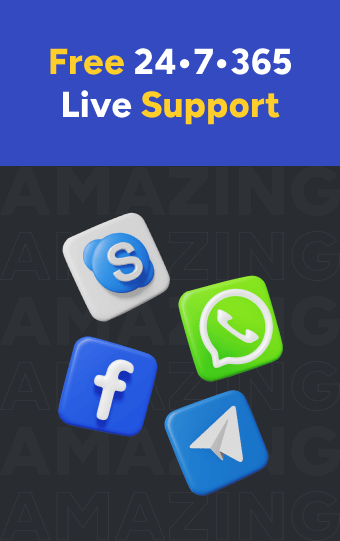Read this article to know about the ‘solutions of Remote Desktop Services’.
What is Remote Desktop Service (RDS)?
Remote Desktop Services (RDS) is Microsoft’s solution for Windows servers with multiple users and thin clients. The central server sees the customer’s computer as an input/output (I/O) terminal. When personal computers are run in a centralized data center instead of on every customer’s machine, software download, setup, and updates all are simpler to manage. Additionally, Remote Desktop Services allows people to operate their equipment from any PC that has the software installed.
The client devices may be fully loaded computers, barebones computers, and terminals. This is a list of the most important features of Remote Desktop Services, which were added to Windows Server 2008 R2 launched in 2009.
Solutions of Remote Desktop Services
Remote Desktop Services (RDS) enables you to access and operate a remote PC or virtual device over a network. This remote desktop or any other virtual device can be located almost everywhere in the world, thanks to the Internet and the Cloud. The outcome is access for the end-users, to their computers and other applications in the cloud.
A full desktop or an app can be delivered to the end-users without the need to configure the software or app on the end user’s gadget, using present editions of remote desktop services. The desktop or app is provided to end-users via a cloud-based desktop interface. This implies there aren’t any problems with safety or compatibility. An end-user machine and app management are effectively eliminated. There is no need for you to be concerned about your information escaping from your safe server. Your customers can be prevented from storing information in non-approved places, such as their local machines or USB thumb drives.
Types of solutions of Remote Desktop Services
Remote Desktop Services provides two types of solutions. The two types of solutions of RDS are described as follows:
1. RemoteApp: RDS enables the delivery of applications over a network from anywhere on the planet.
2. Remote Desktop: When a customer connects to an RDS-enabled virtual desktop, they will be able to perform all their tasks.
Let us analyze each solution of remote desktop services (RDS) in detail, as follows:
Q) What is RemoteApp?
Ans) Remote App: With RemoteApp, you can distribute any software or app to any location. On the same machine, you can operate both local and remote apps.
Apps or software which run in the RemoteApp solution mode of RDS, get the following image displayed in the lower right corner of the Task Bar to show that they are operating as RemoteApp.
Q) What is the Remote Desktop?
Ans) Remote Desktop: With Remote Desktop, a customer can access an entirely distinct desktop from the one they are presently using. That’s how an iPad or Android device manages and controls its tasks in the Windows operating system.
Which one among the solutions of Remote Desktop Services (RDS) is better — RemoteApp or Remote Desktop?
Thus, if you have a software or an app which requires greater computing power, or if you want to provide a stable desktop experience across servers for your customers, no matter which personal computer they utilize, Remote Desktop is a better option as a solution of Remote Desktop Services.
Remote Desktop Protocol (RDP)
Microsoft’s remote desktop protocol is utilized to transmit customer keyboard and mouse movements to the server and return the customer’s screen changes to the server.
Shared Sessions — Terminal Services
Facilities that allow multiple users to access the same terminal are known as shared sessions — terminal services.
The “RD Session Host,” previously called Terminal Services, allows more people to operate the same operating system and apps within the same server. Terminal Services used shared sessions to manage thin clients, but remote desktop services also facilitate virtual desktops.
Virtual Desktop Infrastructure (VDI)
Every customer’s personal computer operates its remote desktop (or, virtual machine, or, VM) in their server, i.e. the remote desktop virtualization host. Virtual desktop infrastructure (VDI)Virtual machines (VMs) on the server host every customer’s “personal desktop” (the RD Virtualization Host). It ensures that the desktops are completely isolated from each other, preventing conflicts. Users can share a single virtual machine (VM) in “pooled desktops,” which eliminates the need for each user to have their personal desktop computer.
RemoteApp
Instead of sharing the whole desktop/laptop/mobile, this RemoteApp functionality enables one app or software to be shown to the other customer’s device in a different window.
CONCLUSION
After reading this blog, you might have got a good knowledge about the ‘solutions of Remote Desktop Services’. You can also read this article to get good knowledge about the ‘things to consider while implementing Remote Desktop Services‘.


